I’m not a runner, but here’s how I got from the couch to 5K in no time
Content is created by CNN Underscored’s team of editors who work independently from the CNN newsroom. When you buy through links on our site, CNN and its syndication partners may earn a commission. Learn more
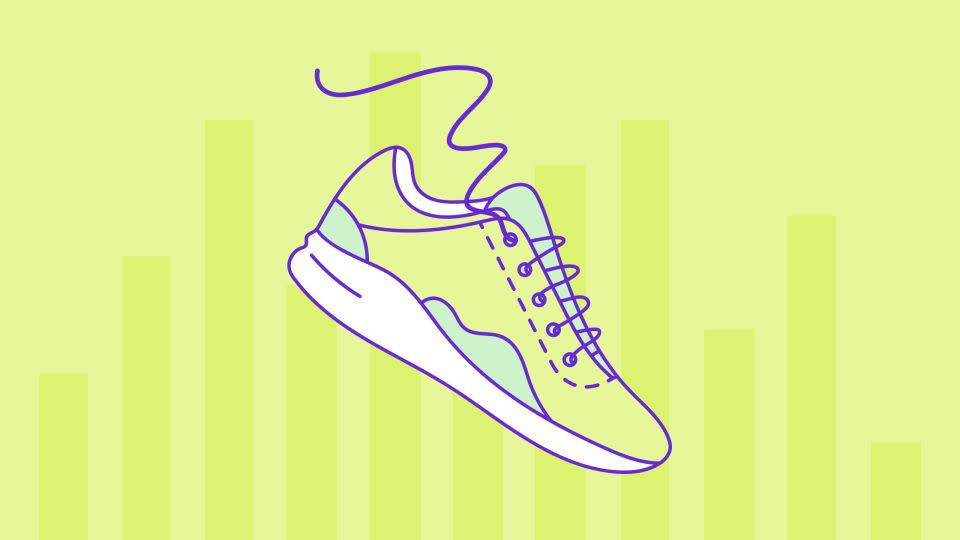
Run a 5K? No thanks. I hate running. When there’s exercise involved, I’ll take a bike or a hike over a jog any day. Truthfully? I’m a self-proclaimed couch potato and would rather spend my free time digging into a stack of video games or watching my favorite sports teams disappoint me — or frankly, just sleeping. Like many folks, I have no interest in wasting my time doing something I loathe.
Until now. My boss asked me to write this article I decided it was time to lose some weight, and training for a 5K sounded like an attainable way to shed a few pounds. So I signed up for a charity race, laced up my running shoes and hustled over to my local park a couple of times a week to train. Slowly (but surely), I built up the endurance to knock out those 3.1 miles.
Race day has come and gone, and it’s funny looking back to where I started. My training course was the paved path around a pond near my apartment, and a single lap is a tad more than three-quarters of a mile — meaning it took time and exactly four laps in a single run to reach that 5K distance. During my first run, I petered out after a mile and resorted to walking. My second attempt got me around two laps, but yup, still tired. I turned the figurative corner on Run 3, finishing three laps with breaths to spare.
Since then, slowing my pace helped me complete all four laps, and I got so pumped for the big event, I actually started waking up early to run before work. In my world, that’s dedication.
unknown content item
-
It all paid off when I crossed the finish line at the Wildlife Conservation Society’s Run For The Wild at the Bronx Zoo. Even if I got passed by a few 8-year-olds, I kept a steady pace for the duration and beat my training time by 60 seconds. I’m already looking to put another race on my calendar to see how many more minutes I can shave off my time.
So, yes, I’m still working through that stack of video games, but I can also take pride in my newfound healthy habit — even if it was (kind of) forced on me. Looking to start getting some more steps in yourself? Here’s what I learned, and what you need to know, as I made my way from the couch to 5K.
Find the right running shoes
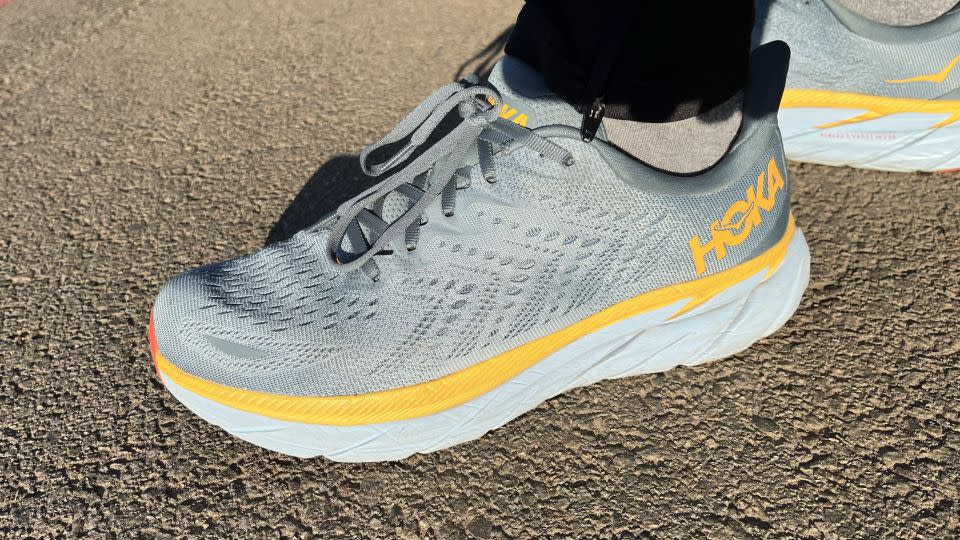
Think about how much your feet hurt after a long day of walking in uncomfortable shoes. Now consider the ludicrous idea of trying to run a few miles in them. Ouch. That’s why wearing the right running shoes when starting to run is paramount. It will go a long way in minimizing soreness.
Every time the weather warms up, I consider running. A mile here, two more there — it never sticks. I wore Nike Free Run 2018s during those stints. Fine, affordable sneakers, but not the kind that are going to absorb the repeated pounding of my 200-pound frame. Hokas, I’ve learned, will. The trendy, chunky soles of my Clifton 8s haven’t just made this training cycle bearable — they’ve made it enjoyable.
Hoka Men's Clifton 8
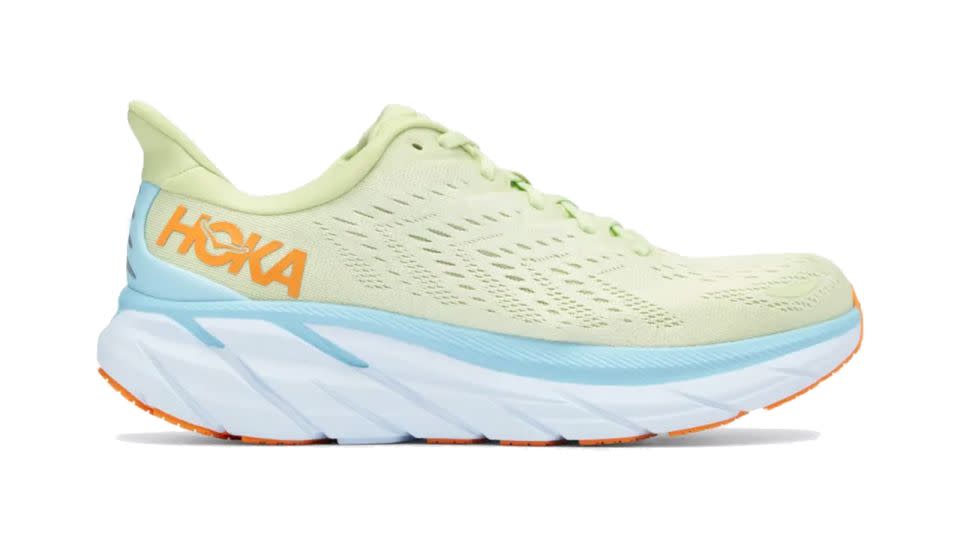
They've now been replaced by the Clifton 9, but several colors and sizes of this just-as-good runner are still available for a solid price. Click over to the newer version for additional sizing, including wide offerings.
Hoka Women’s Clifton 8
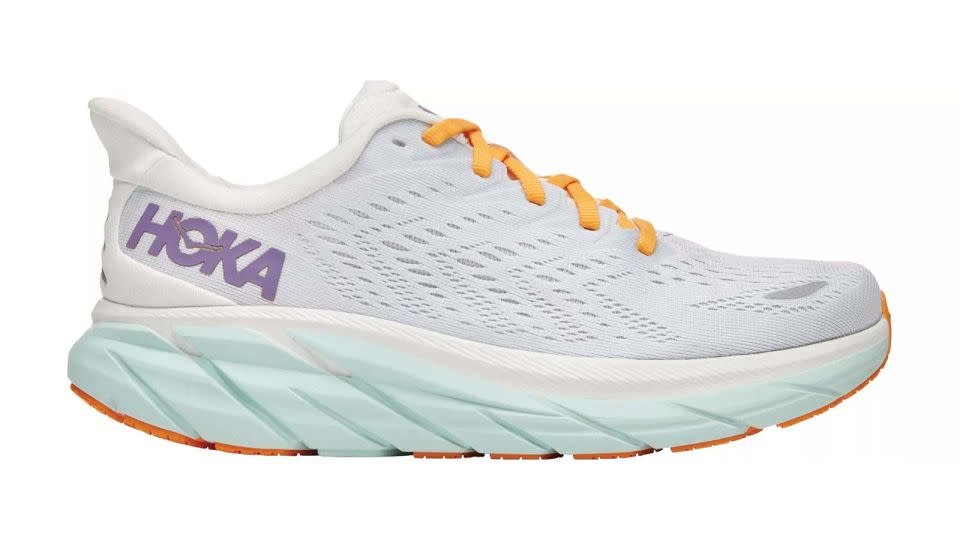
The puffy soles may or may not still be cool, but your feet won’t care. The hype around this Hoka staple was never all about the look. They’re that comfortable.
The cushioning is especially noticeable when I start each run. I won’t say it feels as if I’m bouncing, but it’s close. As I settle into a nice 11-minute-mile pace — I know, slow down! — the buffer beneath my feet hides the inconsistencies in the ground. There’s no slip, plenty of support and proven durability. Most importantly, my feet don’t hurt.
Still, some of our favorite Hokas can run you more than $200. Do you really want to pay hundreds for a pair of kicks you might only wear for an hour or two a week? I’d argue your favorite running shoes can also be your favorites for walking, working, chilling and whatever else you want to do. I bought my Hokas for a trip to Disney World. And I got them on sale at Nordstrom Rack; one of the benefits of Hoka constantly refining the design of their top models is that the previous versions can often be found at a discount.
Pick apparel that works for you
Running hats to block the sun, running glasses that don’t slip, running belts for your phone and keys, running tights for the ultimate snug fit — we’ve tested it all. Serious runners can benefit from serious gear. But I’m not a serious runner, and if you’ve read this far, neither are you. Don’t get too caught up in outfitting every part of your body with expensive, technical apparel.
Just make sure you’re comfortable. I love Adidas training pants because they’re tight enough to keep my belongings from flopping around, but not so tight that I feel like I’m running around in underwear. Nike Pro Fitness Shorts are my go-to base layer. Under Armour Seamless Tees are my lightest for any workout. Find what feels good for you, because it’s hard to get into a rhythm if you’re constantly having to pull up sagging pants or sweating through a heavy shirt.
Adidas Tiro 24 Training Pants
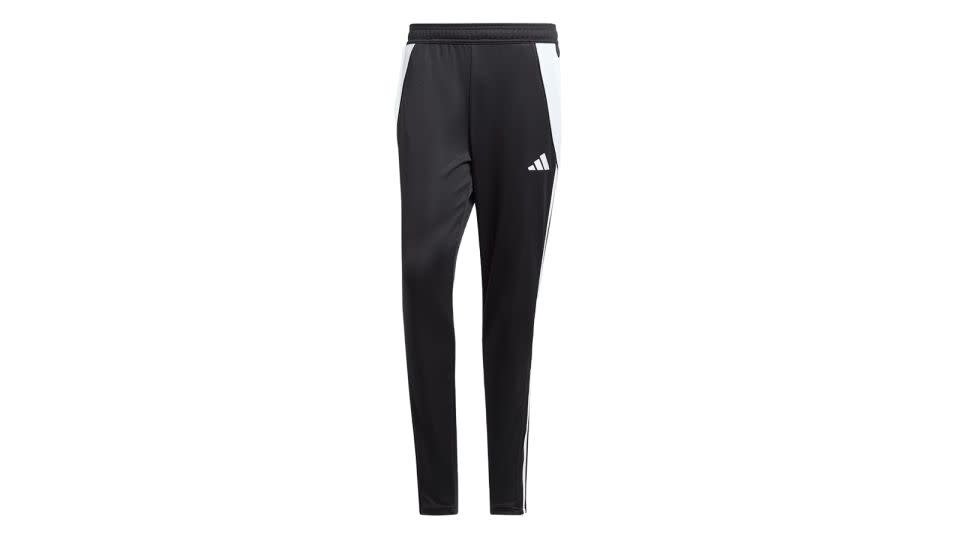
Adidas labels these as soccer pants, but the latest version of their bestselling trainers is the best for all active pursuits.
Nike Pro Men’s Dri-Fit Fitness Shorts
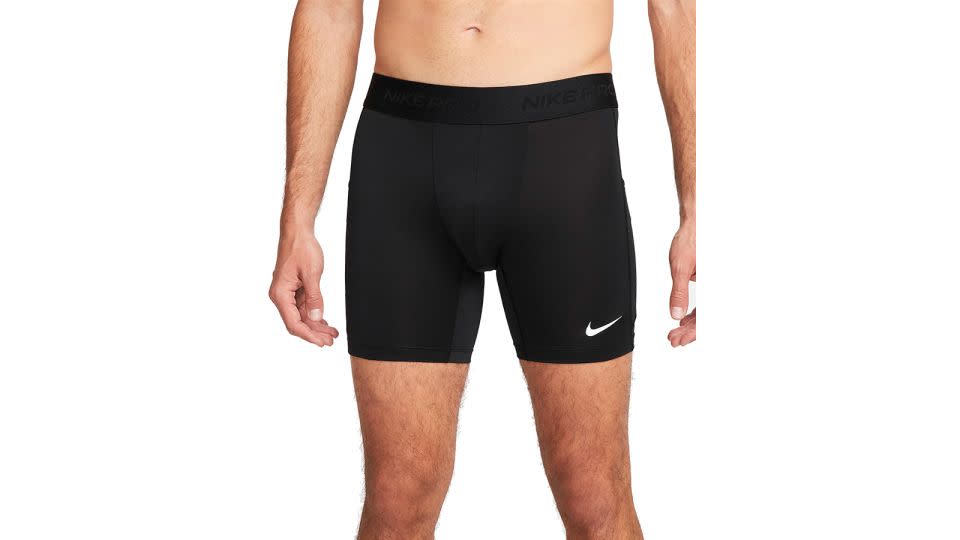
Stretchy yet compressing, because you’re not going to start running in your usual undies.
Under Armour Men’s UA Seamless Short-Sleeve
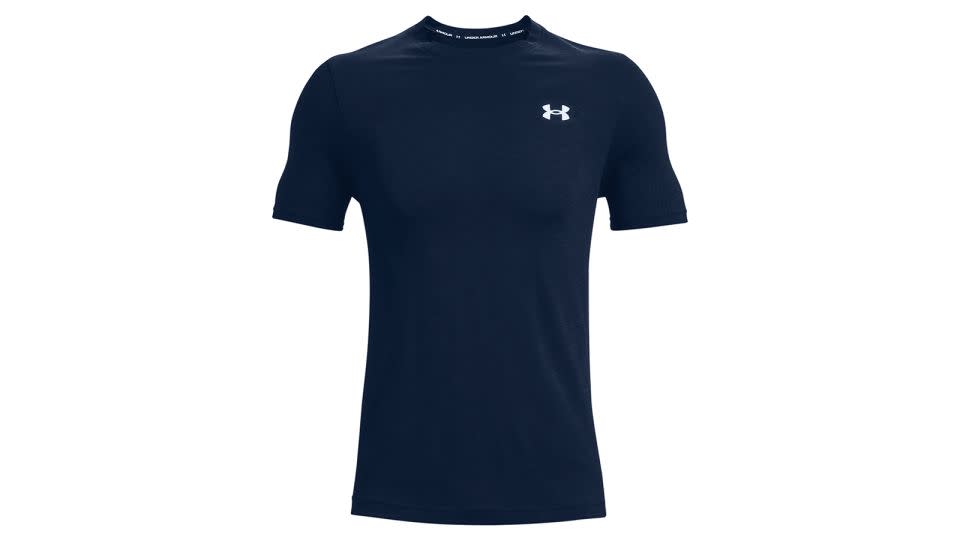
I’ve gone through plenty of shirts from too many active apparel brands. Right now, this is my favorite for its breathability in any setting.
Hydration is key
There are plenty of memes and TikToks about annoying partners always pestering their other half with hydration reminders, and I’m proud to admit that I’m the target audience for these jokes. In my home, I’m the hydration police, always telling my fianceé that anything that ails her is because she hasn’t had enough water.
Why? Because it’s true! I feel more awake and motivated when I’m properly hydrated, and that was even more apparent as I trained for this 5K. Though I didn’t drink anything during my 35-minute runs, staying vigilant about my H2O intake throughout the day led to me being more willing to run and better fueled while I was out there.
We’re living in the golden age of water bottles, so you can make drinking water kind of … fun? There are constantly new colors or collabs from Stanley, Owala and other viral brands, so you have plenty of options. Personally, I’ve been on Team Hydro Flask for more than six years, and I love my 24-ounce bottle because its screw-on lid prevents spills even if it’s upside down. Just pick something you’ll actually drink from and refill.
Hydro Flask 24-Ounce Standard Mouth Stainless Steel Water Bottle
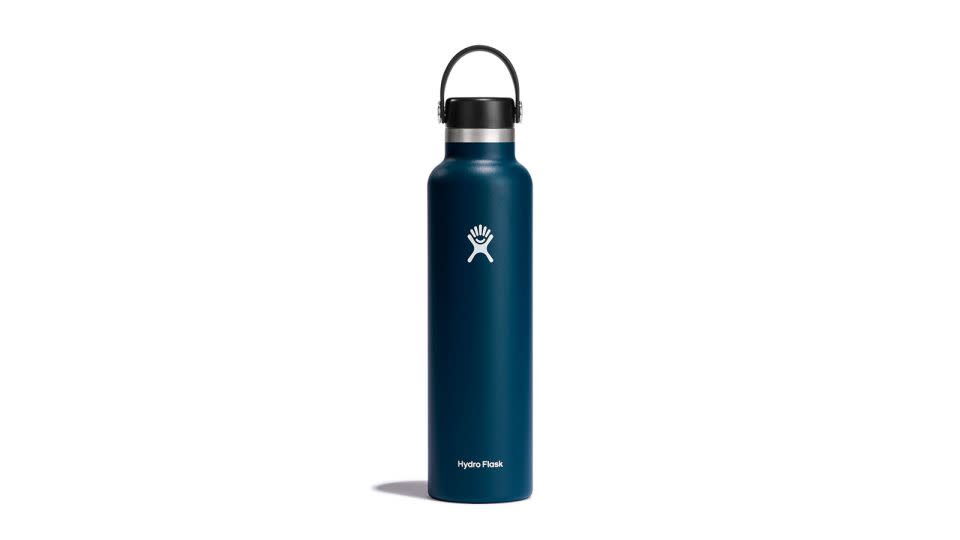
My old reliable. This indestructible beast has been with me since 2018, doesn't leak and allows big gulps of water with ease.
Nathan 18-Ounce QuickSqueeze Plus Insulated Handheld Bottle
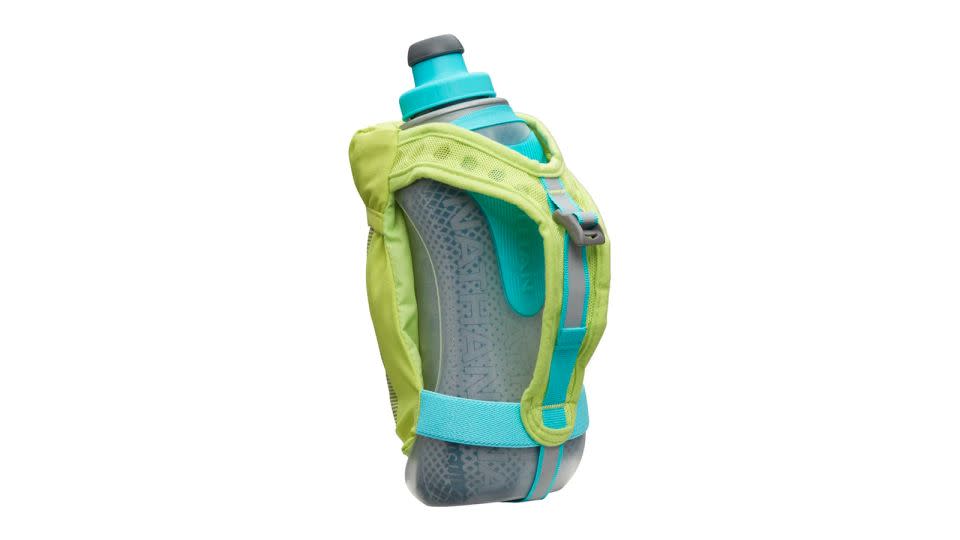
Our running expert also doesn't often run with water, but if you're going to, she recommends this bottle encased in a glove-like strap.
Yeti Rambler 26-Ounce Water Bottle
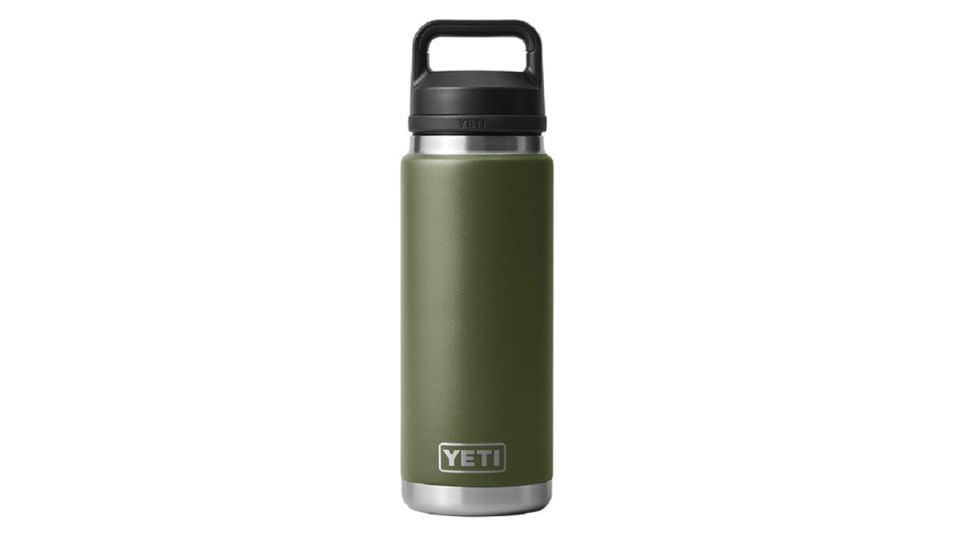
The chug cap on this durable Yeti propelled it to the top of our rankings when we tested dozens of water bottles.
Your smartwatch is a running watch
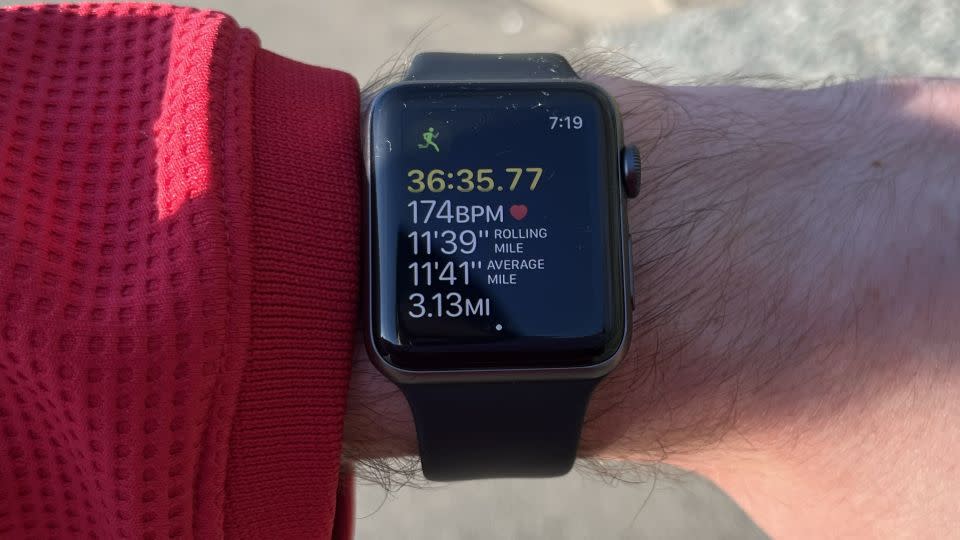
There are plenty of great running apps out there. Try enough of them and you might find something that motivates you. I’ve given Joggo a shot, which can also offer meal recommendations for your weight-loss journey. But in the end, a push notification telling me to go for a run is not going to do anything for me. I have to want to do it myself — and it turns out the greatest tech to help on that front is already on my wrist every day.
My Apple Watch Series 3 is so old that Apple doesn’t even offer credit if I wanted to turn it in when buying a new model. While it might not be as robust as some of our favorite running watches, it has fitness tracker capabilities and syncs up perfectly with my iPhone 13. Plus, I get plenty of use out of it when I’m not running.
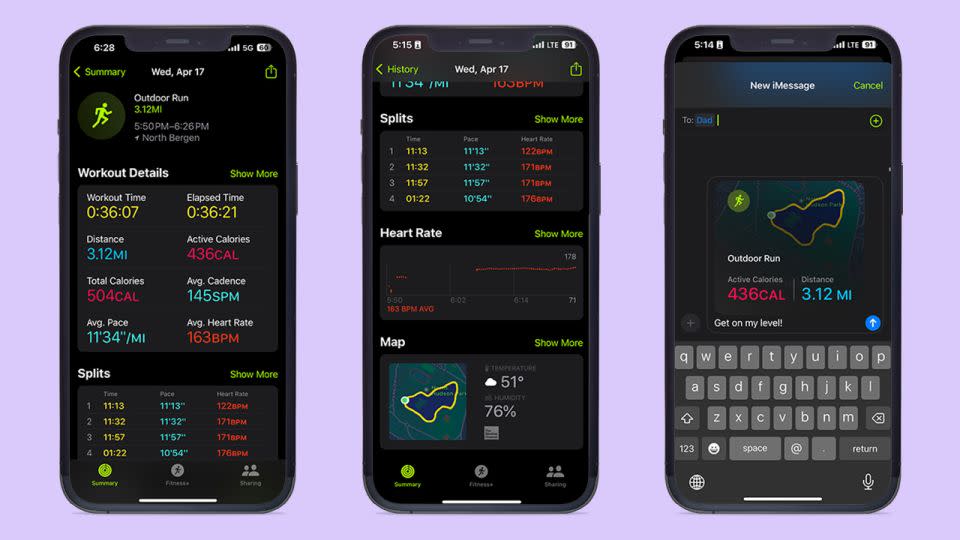
When I start a run on my watch, it will display my time, distance, pace and heart rate. It vibrates when I complete a mile. Once I wrap up a jog, there’s a sense of accomplishment in reviewing my stats in the Apple Fitness app. I can send the map of my run to family and friends to show off my progress, view my splits to see just how much I slowed down each mile and marvel at how hard my heart was pounding as I turned on the afterburners for the final stretch.
None of these features are groundbreaking, but they give me a boost as I run and make the entire process a little more fun and rewarding. Newer iterations of the Apple Watch can give you even more. On team Android? Consider the Galaxy Watch 6. Don’t fancy yourself a smartwatch wearer? The $100 Fitbit Inspire 3 is our favorite fitness tracker and way less of a commitment.
Apple Watch Series 9
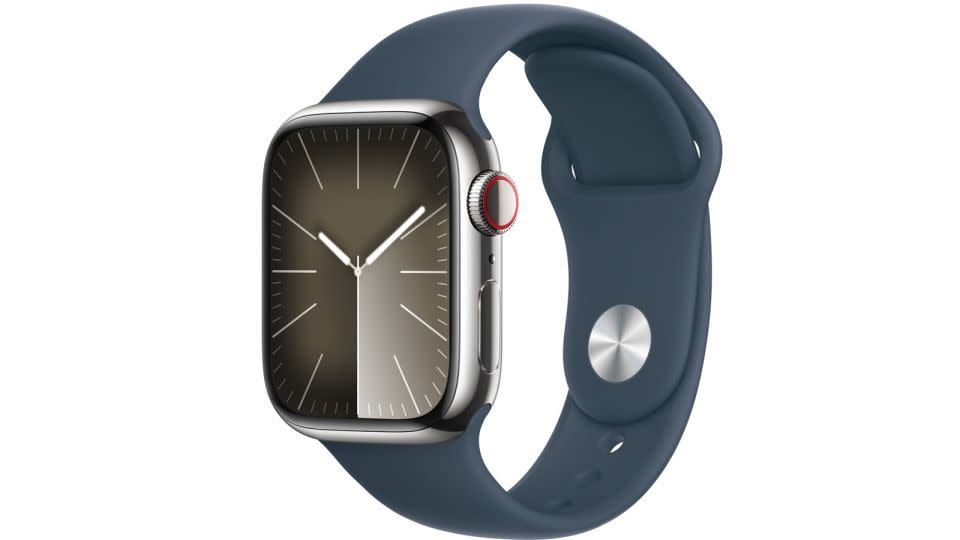
The best Apple Watch for new users or anyone rocking an old model like me, the Series 9 is going to give you all the fitness features a novice could need and more.
Samsung Galaxy Watch 6
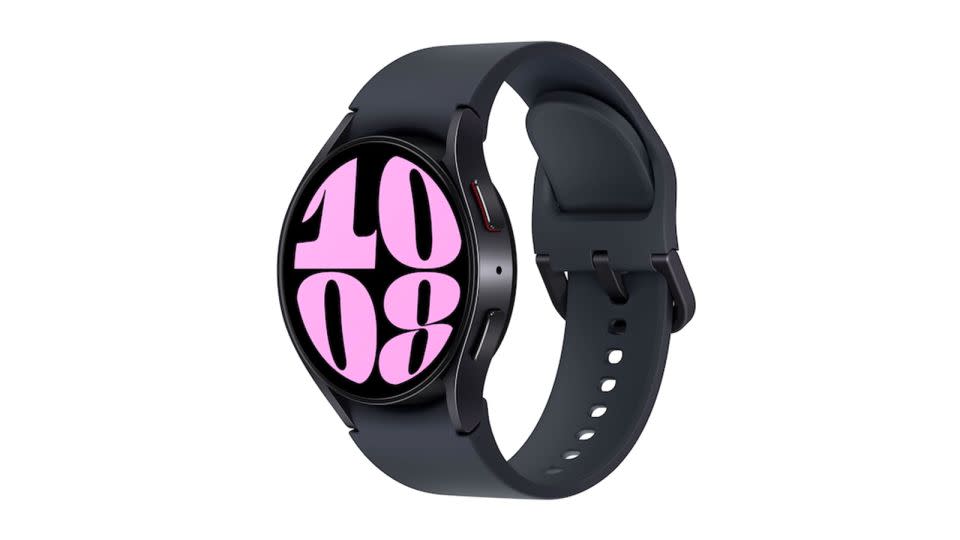
Running is one of more than 100 workout options on the latest version of our favorite Android smartwatch. You’ll get a ton of use out of it if you have a Galaxy phone.
From $240 at Amazon
From $240 at Best Buy
From $240 at Samsung
Fitbit Inspire 3
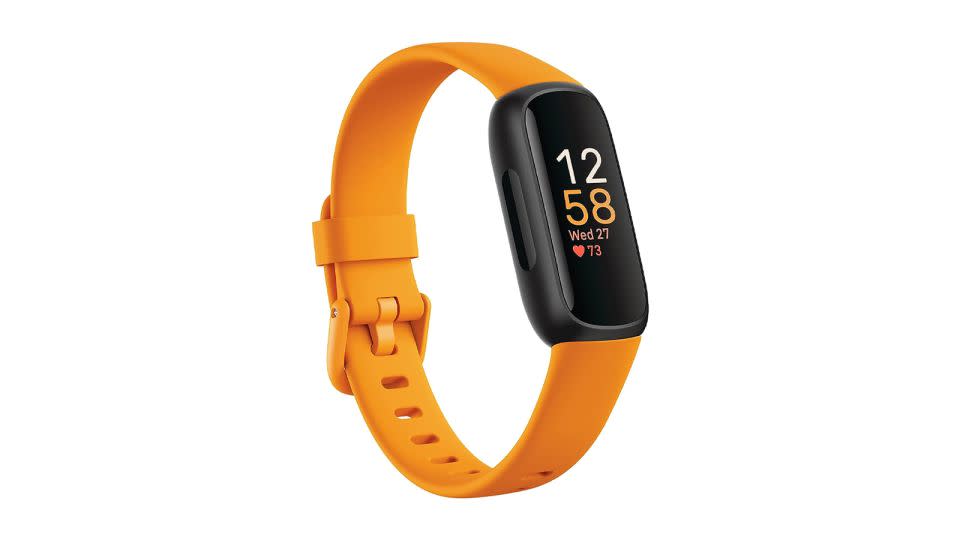
Available at a fraction of the price of the major tech players’ smartwatches, the Inspire 3 has tons of health and workout features to go along with 10 days of battery life.
Bottom line
Getting into shape for a 5K is less about the products you buy and more about your willingness to do it. Stretch. Hydrate. Try to get a bit better each run, then give yourself time to recover. Don’t spend loads of money thinking the newest products are the key, because everything that helped me this time around — my outdated Hokas, outlet-buy athletic apparel and archaic Apple Watch — were all things I’ve owned for quite a while. Actually putting them to good use was what finally got me into shape.
Note: The prices above reflect the retailers' listed price at the time of publication.
For more CNN news and newsletters create an account at CNN.com

